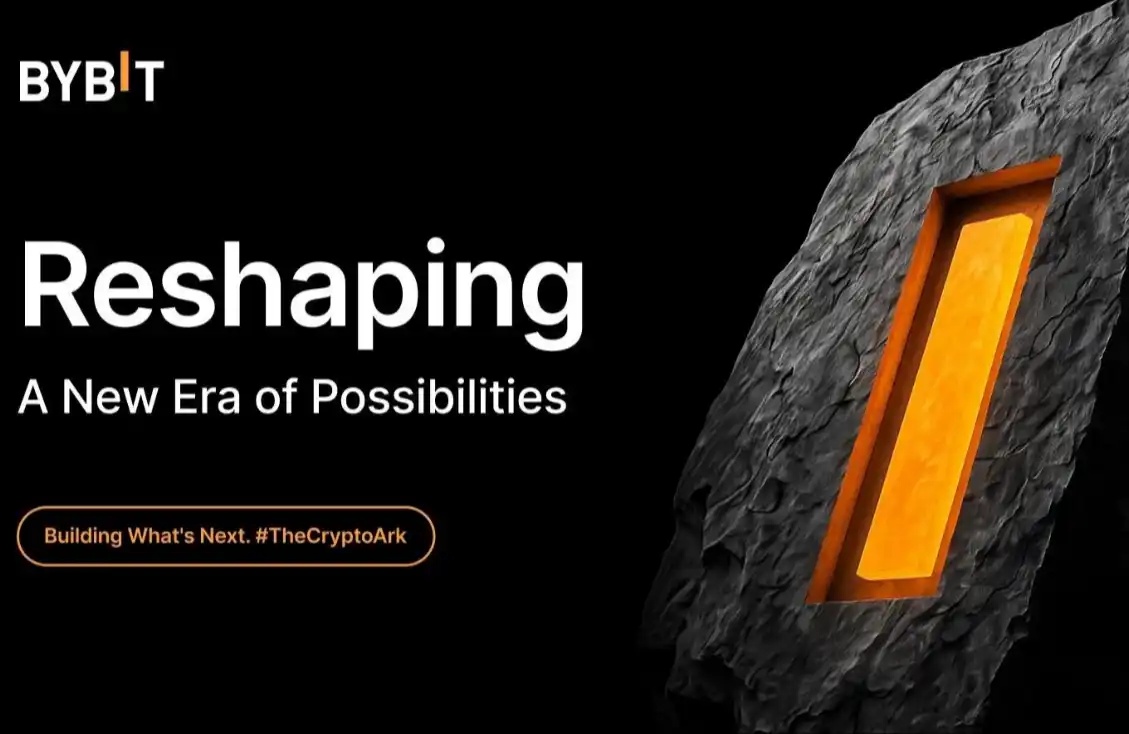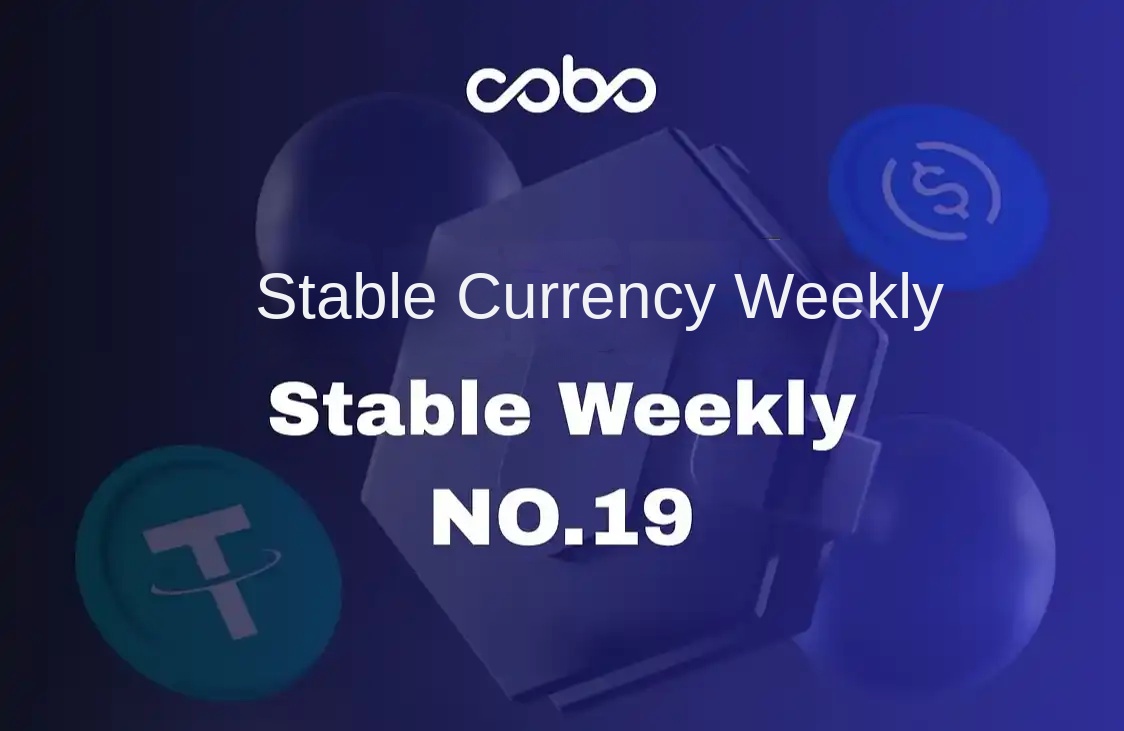Robinhood vs. Coinbase: The $160 Billion Showdown
Original Title: $COIN v/s $HOOD: The $160 Billion Battle
Original Author: Thejaswini MA, Token Dispatch
Original Translation: Plain Blockchain
A war is quietly unfolding in your pocket, and most people haven't even noticed.
Two major American financial apps — Robinhood and Coinbase — are conducting diametrically opposed experiments on millions of users. Robinhood ranks 14th in the Finance category on the App Store, while Coinbase ranks 20th, with both having a market value of around $80 billion. They both target young investors but believe the other's approach is completely wrong.
Both experiments have been successful to some extent.
The Essence of Robinhood and Coinbase
These two companies are not traditional competitors but are conducting different experiments on the same test subject (us).
Robinhood saw the pain points of finance and proposed: "What if we fix all the annoying parts?" They offer 15 cryptocurrencies, zero-commission trading, and an interface that allows you to buy Tesla stock without a finance degree. Their idea is: you don't need to know how sausage is made to eat a hot dog.
On the other hand, Coinbase took the opposite route and proposed: "What if we rebuild the entire financial system on blockchain technology?" Coinbase charges higher fees than Robinhood and other competitors but has created a platform for users who want full access to the crypto ecosystem, offering 260+ cryptocurrencies. They are betting that traditional finance will eventually migrate to the blockchain and aim to be the infrastructure for this transformation.
Coinbase CEO Brian Armstrong said, "Over the next 5 to 10 years, our goal is to become the world's leading financial services application because we believe cryptocurrency is going to eat finance, and we are the number one crypto company. Every asset class — money market funds, real estate, securities, debt — will go on the blockchain."
Both companies went public months apart in 2021 with market values of $80 billion each. They target mobile-first young investors, but their products seem designed for different species.
This is not a war for dominance, but a competition to serve different financial futures.
The Race for Crypto Product Expansion
Both companies are accelerating the expansion of crypto products, but in very different ways.
A recent announcement from Robinhood revealed their attempt to directly outpace Coinbase. In June, they launched Robinhood Chain—a proprietary Layer-2 network supporting tokenized stocks, crypto trading, and planned support for assets such as SpaceX and OpenAI. European users can now trade tokenized US stocks around the clock, rather than being limited to market hours. This is the 24/7 trading model that crypto users expect, applied to traditional assets.
They have also introduced crypto staking for ETH and SOL, acquired Europe's oldest crypto exchange Bitstamp (for $200 million), and plan to launch crypto perpetual futures for European users. The crypto infrastructure they are building seamlessly integrates with the existing stock trading experience, rather than just grafting crypto features onto traditional brokerage businesses.
All of these initiatives—chain, tokenized stocks, low fees—are designed for the next generation of investors who will inherit trillions of dollars in wealth.
In the fee battle, Robinhood's crypto trading fees are around 40 basis points (0.4%), while comparable trades on Coinbase could be as high as 1.4% or more. Purchasing $1000 worth of Bitcoin incurs a fee of around $4 on Robinhood, while Coinbase would charge $14 or more.
Robinhood profits from order flow payments, with market makers paying fees to execute retail trades, similar to their stock trading model. This mature model allows them to offer "free" trades and still make money.
However, Coinbase offers features that Robinhood cannot match: true ownership of cryptocurrencies. On Robinhood, what you purchase is a cryptocurrency "IOU," merely a receipt of Robinhood's indebtedness to you for the crypto asset. You cannot transfer Bitcoin to your own wallet, use it elsewhere, participate in DeFi, stake most tokens, or use cryptocurrency for purposes other than buying and selling within the Robinhood app. For most people, this doesn't matter as they just want crypto exposure, not utility. But for users looking to engage in complex crypto operations, Coinbase is the only practical choice among major US platforms.
Q2 Financial Report Analysis
This summer's financial reports revealed the effectiveness of two approaches.
Robinhood shined. Total revenue grew by 45% year-over-year, reaching $9.89 billion. Crypto revenue surged by 98% to $1.6 billion (increasing from last year's 10% of total revenue to 16% this quarter), despite the relatively stable overall crypto market. They have 26.5 million active accounts, managing $279 billion in assets, a 99% year-over-year increase. Through the acquisition of Bitstamp, they added approximately 520,000 crypto users, with Bitstamp generating $70 billion in nominal crypto trading volume after the June acquisition.
Platform assets reached $279 billion, a 99% year-over-year increase, with net deposits of $13.8 billion. Active accounts grew by 10% to 26.5 million, and cash balance surged by 56% to $32.7 billion, demonstrating strengthened customer wallet share.

Coinbase, on the other hand, experienced a "challenging quarter." Total revenue declined by 26% from Q1 to $15 billion, falling short of analyst expectations. Transaction revenue dropped by 39% due to a decline in retail trading. The stock price on earnings day fell by 16%, as investors tried to determine whether this was a temporary slump or a signal of a high-cost model.
But calling this quarter a failure overlooks the full picture. Coinbase achieved $14 billion in net revenue, surpassing the $5.12 billion in adjusted EBITDA, primarily due to $1.5 billion in unrealized gains from its investment portfolio and strategic crypto asset holdings. Even excluding these one-time gains, adjusted net revenue stood at $33 million, demonstrating actual profitability.

Operating expenses increased mainly due to a $307 million one-time loss stemming from a May data breach. Core costs (technology, administrative, marketing) actually decreased, showing cost control capabilities. USDC stablecoin business revenue reached $3.32 billion, with average balances growing by 13%. Custodied assets hit a record high of $245.7 billion. Prime Financing balances also hit a new high, part of Coinbase Prime, providing custody, trading, lending, and financing services to hedge funds, family offices, and more.
Coinbase continued to roll out new offerings: new derivatives, expanding Base Chain, and launching the Coinbase One Card. Despite the revenue decline, the foundation remains strong.
Coinbase's Infrastructure Empire
Coinbase's infrastructure strategy is more complex. They custody $245.7 billion in institutional assets, holding a significant share of the institutional crypto market. When you buy a Bitcoin ETF through your 401k, you are likely using Coinbase's infrastructure.
Coinbase is the primary custodian for over 80% of U.S. Bitcoin and Ethereum ETFs, managing around $113.4 billion (out of $140 billion in total crypto ETF assets). When BlackRock's IBIT or Fidelity's FBTC needs to store billions of dollars worth of Bitcoin, they turn to Coinbase. When PayPal launches the PYUSD stablecoin or JPMorgan needs a crypto payments rail, they also use Coinbase's backend.
Coinbase has 240+ institutional clients, 420+ liquidity providers, and regulatory licenses that most competitors cannot match. Its custody business is chartered by the New York State Department of Financial Services, a regulatory approval that took years to secure and is hard for competitors to replicate.
Their "omnibus trading platform" strategy is starting to pay off. They have introduced up to 10x leveraged perpetual futures, bringing derivatives trading that was previously only available on overseas platforms to U.S. retail users. They have directly integrated decentralized exchange trading into the app, allowing users to trade any Token on Ethereum or Base without leaving Coinbase.
Their Base Layer-2 network processes over 54,000 Token issuances per day, surpassing Solana. The true highlight of Base is its integration with Coinbase's other businesses: ETF providers can settle instantly, enterprises can tokenize assets directly, and retail users can access institutional-grade infrastructure.
Robinhood's Generational Takeover
While Coinbase builds infrastructure for institutions, Robinhood executes one of the smartest long-term strategies in finance: capturing users before they become wealthy.
A similar strategy worked wonders for Disney. In the early 20th century, Disney captured children's hearts through animation and theme parks, creating an emotional bond before they had money. As these kids grew up and made money, their loyalty translated into spending on movies, merchandise, streaming, and vacations, turning Disney into a multi-generational cash machine.
Robinhood dominates among young investors, and traditional brokerages should be concerned:
Approximately 50% of customers are Millennials, 25% are Gen Z, and 20% are Gen X.
Robinhood users start investing on average at ages 19-22, much lower than Millennials in their 20s and Baby Boomers in their 30s on other platforms.
Robinhood guides new users to quickly place their first sell order, not to encourage frequent trading, but because locking in real gains (even just $50) creates an emotional hook to keep users coming back.
Its "full-stack finance" expansion aligns with this logic. Robinhood Gold (a $5 per month subscription) includes a 3% cash back credit card, high-yield savings, retirement matching, and margin discounts. Gold subscribers grew 60% YoY to 2 million. These users are using Robinhood for banking, credit cards, and retirement.
The platform now custodies $279 billion in assets, targeting the $84-124 trillion "massive wealth transfer" from Baby Boomers to younger generations over the next 20 years. Robinhood's bet: by establishing user habits early, no need to predict wealth inheritance patterns, just secure a place when the wealth arrives.
Who is Winning?
Two companies have similar market capitalizations: Robinhood at $81 billion and Coinbase at $85 billion. YTD, Robinhood is up 135%, while Coinbase is up only 30%, with most gains coming in the last month.
Bank of America analyst Craig Siegenthaler recently raised Robinhood's target price to $119 and lowered Coinbase's from $383 to $369, citing, "Robinhood's surging crypto revenue, while Coinbase is overly reliant on volatile altcoin trading being abandoned by retail users."
Coinbase's global market share has fallen from 5.65% to 4.56%, with a slight rebound in July, while Kraken has seen the most significant market share growth in the US this year. Coinbase faces a dilemma: reduce fees to damage profitability or stick with high fees to risk losing traders. They chose profitability, adding fees to stablecoin trades previously free, while Robinhood's fees are around 50% lower.
Suji reiterated a $120 target price after meeting with Robinhood CEO Vlad Tenev, praising its crypto resilience and aggressive push for stock tokenization. They stated, "Tokenized Stocks opportunity in Europe, expansion upstream and into the youth market, 15% of net deposits from rivals, focus on NPS and execution, crypto price inelasticity, etc., are impressive."
However, Coinbase has institutional credibility. While other exchanges compete on trading fees, Coinbase is building relationships with institutions that will shape the integration of crypto and traditional finance in the next decade.
Both companies will not disappear. They cater to different user needs, and those needs are growing. This is not a winner-takes-all competition but more of a market segmentation—Robinhood focuses on mainstream finance, while Coinbase concentrates on crypto infrastructure.
This reveals two competing theories about how people will interact with money in the future:
Robinhood believes the future of finance will be "invisible," abstract, simple, integrated into lifestyle apps, with finance becoming part of the environment.
On the other hand, Coinbase is betting on winning trust through architecture.
There is no right or wrong between the two, just different goals. One seeks simple trust, while the other builds the underlying infrastructure.
Welcome to join the official BlockBeats community:
Telegram Subscription Group: https://t.me/theblockbeats
Telegram Discussion Group: https://t.me/BlockBeats_App
Official Twitter Account: https://twitter.com/BlockBeatsAsia
 Forum
Forum

 Finance
Finance
 Specials
Specials
 On-chain Eco
On-chain Eco
 Entry
Entry
 Podcasts
Podcasts
 Activities
Activities
 OPRR
OPRR








